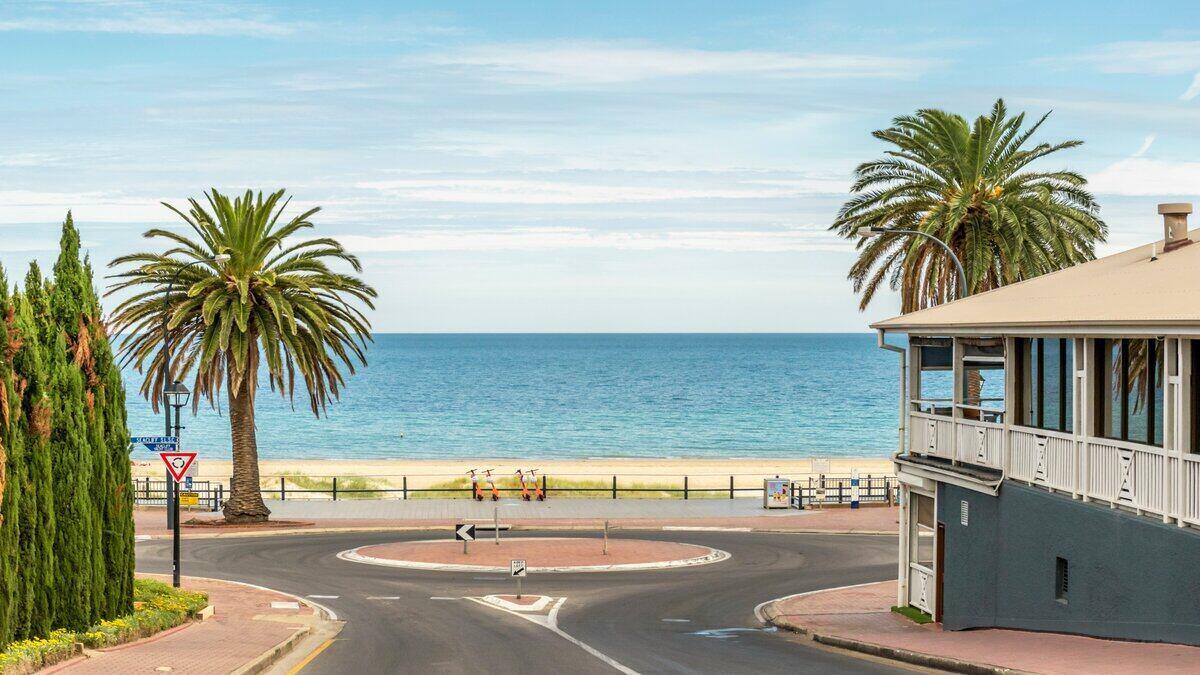The CoreLogic Pain and Gain report shows 87.7% of national property sales made a profit in the March 2020 quarter - but not everyone was a winner.
In Melbourne, 33.6% of homes sold at a loss at a median value of $44,500.
These 120 properties were all apartments, and 68.6% of them were owned by investors.
As Melbourne goes back into lockdown, fears have been raised that the second wave of coronavirus could have a bigger impact on the property market.
Buying a home or looking to refinance? The table below features home loans with some of the lowest variable interest rates on the market for owner occupiers.
| Lender | Home Loan | Interest Rate | Comparison Rate* | Monthly Repayment | Repayment type | Rate Type | Offset | Redraw | Ongoing Fees | Upfront Fees | Max LVR | Lump Sum Repayment | Extra Repayments | Split Loan Option | Tags | Features | Link | Compare | Promoted Product | Disclosure |
|---|---|---|---|---|---|---|---|---|---|---|---|---|---|---|---|---|---|---|---|---|
5.54% p.a. | 5.58% p.a. | $2,852 | Principal & Interest | Variable | $0 | $530 | 90% |
| Promoted | Disclosure | ||||||||||
5.49% p.a. | 5.40% p.a. | $2,836 | Principal & Interest | Variable | $0 | $0 | 80% |
| Promoted | Disclosure | ||||||||||
5.64% p.a. | 5.89% p.a. | $2,883 | Principal & Interest | Variable | $250 | $250 | 60% |
| Promoted | Disclosure | ||||||||||
5.64% p.a. | 5.89% p.a. | $2,883 | Principal & Interest | Variable | $248 | $350 | 60% |
| Disclosure |
CoreLogic Head of Research Tim Lawless said it's likely the Melbourne property market will be hard hit.
"If the housing market’s performance through the previous lockdown is anything to go by, it’s highly likely that Melbourne property transaction activity will see a sharp drop over the next six weeks, with both a material decline in new listings as vendors lose confidence in testing the market, and a lower number of sales as buyers retreat to the sidelines," Mr Lawless said.
"Real estate agents are arguably more prepared to switch towards an online selling environment, however, as we have seen through the previous lockdown period, the negative impacts of weaker confidence and less ability to inspect a property is likely to result in less buying and selling activity.
"With dwelling value declines already being led by the Melbourne market, which saw dwelling value declines of 2.3% in the June quarter, it is highly likely that there will be an increase in the portion of loss-making sales in the metropolitan area over the coming months."
Nationally, the report found that 87.7% of homes sold at a profit in the March quarter, slightly down from 88.7% in the December quarter.
However, a 32.4% decline in transaction activity in April suggests that the second half of 2020 could see an increase in loss-making sales.
CoreLogic Head of Research Eliza Owen said the impact of COVID-19 was felt more in the drop in transaction volumes, rather than in loss-making sales.
"There has been an uplift in the portion of loss-making sales over the March quarter. But despite the potential for some fallout from COVID-19 at the end of the quarter, only a small portion of the loss-making sales are a reflection of the onset of the pandemic," Ms Owen said.
“The Pain and Gain results over the second half of 2020 could see an increase in the portion of loss-making sales, but the volume of sales activity may be more subdued, as vendors were less likely to test the market at the height of the pandemic.
"However, assistance for mortgage holders whose jobs and incomes have been impacted by the pandemic was likely also instrumental in keeping loss-making sales low.”
Biggest winners (and losers)
Across the capital cities, most areas saw an increase in the number of loss-making sales over the March quarter.
In Darwin, over half of the properties sold (50.5%) did so at an average loss of -$119,000.
But in Hobart, vendors enjoyed average gains of $217,000 where 97.6% of sellers sold at a profit.
| Portion of loss-making sales - March 2020 quarter | Portion of loss-making sales - December 2019 quarter | Change (%) | |
| Sydney | 7.6% | 7.9% | -0.2% |
| Melbourne | 6.8% | 6.3% | 0.5% |
| Brisbane | 12.9% | 12.0% | 1.0% |
| Adelaide | 10.0% | 8.9% | 1.1% |
| Perth | 36.3% | 36.1% | 0.2% |
| Hobart | 2.4% | 2.7% | -0.4% |
| Darwin | 50.5% | 47.7% | 2.8% |
| ACT | 10.6% | 10.2% | 0.5% |
Source: CoreLogic
In Sydney, the biggest losers were in Burwood where 22.4% of properties sold at a loss, followed by Parramatta (15.9%) and Ryde and Strathfield (13.5%).
Nationally, houses were less likely to sell for a loss than units, with 90.3% of houses sold at a profit compared with 80.2% of units in the March quarter.
The median profit for resales was $130,000 for units and $230,000 for houses.
Across the capital cities, the higher number of loss-making unit sales was in Darwin, where 68.6% of units sold at a loss.

Ready, Set, Buy!
Learn everything you need to know about buying property – from choosing the right property and home loan, to the purchasing process, tips to save money and more!
With bonus Q&A sheet and Crossword!







 Brooke Cooper
Brooke Cooper
 Arjun Paliwal
Arjun Paliwal











